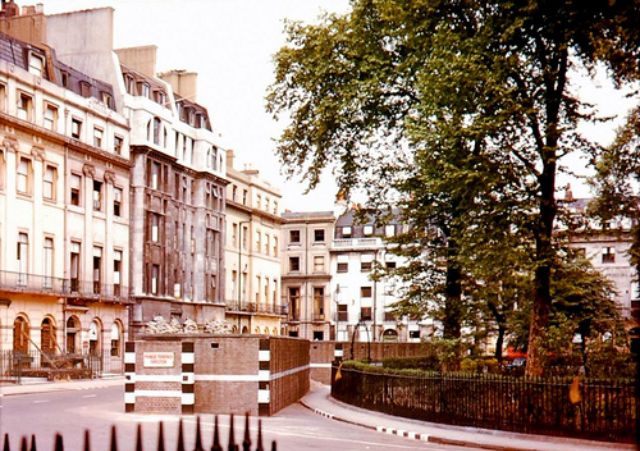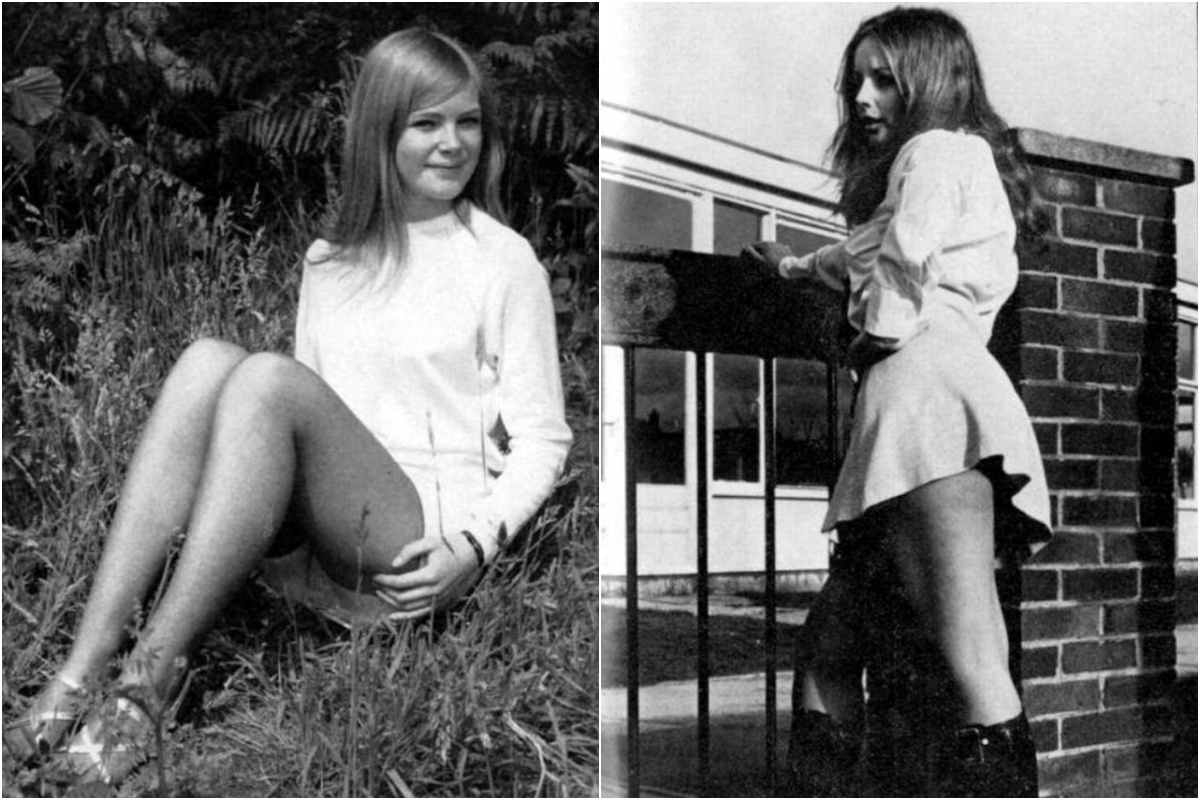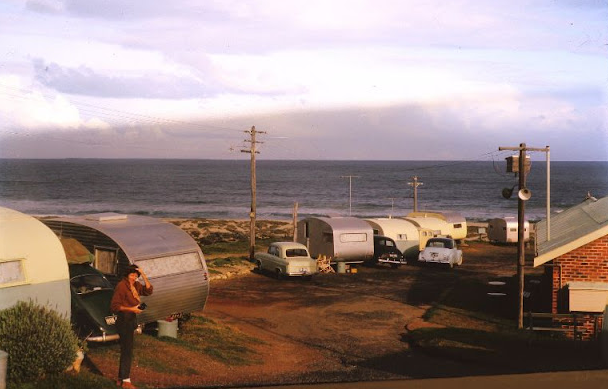When Britain went to war on 3 September 1939 there was none of the 'flag-waving patriotism' of August 1914. The British people were now resigned to the fact that Hitler had to be stopped by force.
The first eight months of the war were a time of official unwarranted optimism and bureaucratic muddle. Many early wartime measures such as the blackout and evacuation proved highly unpopular. But this 'Phoney War' was soon followed by the 'bracing defeat' of Dunkirk and the fall of France in June 1940.
For the next year, under Winston Churchill’s inspiring and resolute leadership, Britain with its Empire stood alone against Hitler, until they were joined by two powerful allies, the Soviet Union and the United States.
 |
| Wartime fashion, June 1943 |
But for the next five years the British had to endure the bombing of their towns and cities in the Blitz, as well as attacks from flying bombs and rockets. In all 60,595 civilians were killed and 86,182 seriously injured. Rationing of food began in January 1940 and clothes in June 1941. By 1943, virtually every household item was either in short supply and had to be queued for, or was unobtainable.
The British were the most totally mobilized of all the major belligerents and there was a great and genuine community of spirit in wartime Britain which often transcended class and other barriers. But there was also an almost universal feeling, exemplified by the popularity of the 1942 Beveridge Report, that after victory the country could not go back to pre-war social conditions.
VE Day found Britain exhausted, drab and in poor shape, but justly proud of its unique role in gaining the Allied victory.
 |
| Oxford Street, London, c.1942 |
 |
| I C I plant Billingham |
 |
| Edward VIII and Wallis Simpson, 1940 |
 |
| British school children, 1940 |
 |
| Anderson shelter, 1940 |
 |
| Comfortable Luv, 1940 |
 |
| Avranches, Normandy, August 1944 |
 |
| London window shopping, 1941 |
 |
| Henley- on- Thames, May 1944 |
 |
| Hambleden, May 1944 |
 |
| London, 1941 |
 |
| Stanstead, 1941 |
 |
| London, 1941 |
 |
| Marlow, Buckinghamshire, May 1944 |
 |
| London Park, 1941 |
 |
| London, 1941 |
 |
| Weekly rounds, 1944 |
 |
| Farmhands, 1945 |
 |
| White Cliffs of Dover, 1944 |
 |
| Cambridge street |
 |
| London, July 1944 |
 |
| Horse power, 1945 |
 |
| Unknown river, 1944 |
 |
| Bomb damage, July 1944 |
 |
| Land army girls, 1944 |
 |
| Refugees |
 |
| Two Guernsey boys, 1940 |
 |
| Unknown town in Kent, 1945 |
 |
| Stradford-upon-Avon, April 1944 |
 |
| Moreton - in - Marsh, May 1944 |
 |
| London, 1944 |
 |
| Hambleden, May 1944 |
 |
| Roadiside well, 1944 |
 |
| Stradford-upon-Avon, May 1944 |
 |
| High Street, Eye, Suffolk, May 1945 |
 |
| Royston station, 1944 |
 |
| Lower Regent street, 1945 |
 |
| Farmall tractor, Spring 1943 |
 |
| Oxford street, May 1944 |
 |
| The Queen at Buckingham Palace, 1945 |
 |
| Henley-on- Thames, 1944 |
 |
| Moreton-in- Marsh, May 1944 |
 |
| Trafalgar Square |
 |
| Albert Memorial, April 1944 |
 |
| Stratford-upon-Avon, April 1944 |
 |
| Winston Churchill, 1943 |
 |
| Daffodil pickers, March 1943 |
 |
| Hyde Park, May 1944 |
 |
| River Avon, 1944 |
 |
| Bomb damage, September 1940 |
 |
| Colchester, 1942 |
 |
| Day nursery, Hatfield, June 1943 |
 |
| During the Blitz |
 |
| You taking my snap Sir |
 |
| Buckingham Palace, 1944 |
 |
| Wartime fasion, June 1943 |
 |
| Piccadilly Circus, 1945 |
 |
| Family Butcher, Luton, 1944 |
 |
| German Prisoners of War |
 |
| Bomb damage in London, 1944 |
 |
| Bishop's Stortford, Essex, June 1944 |
(via Imperial War Museums)



